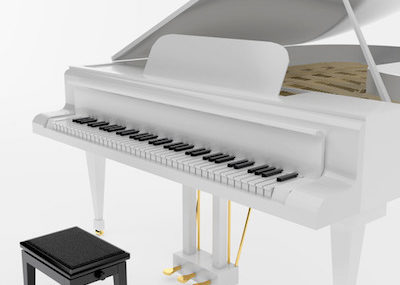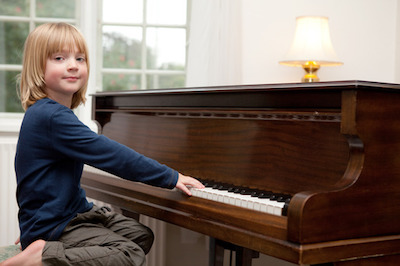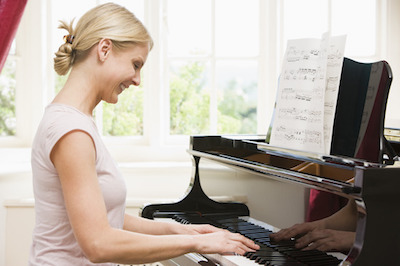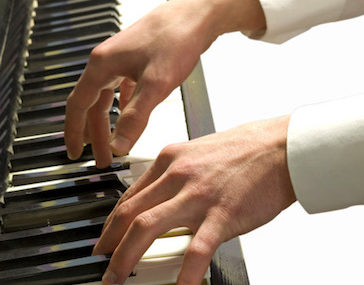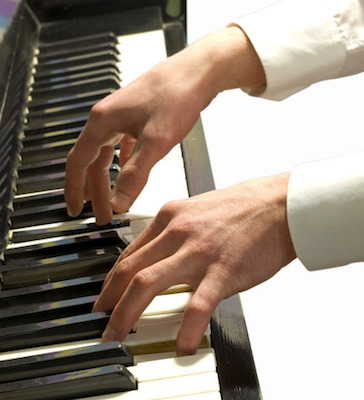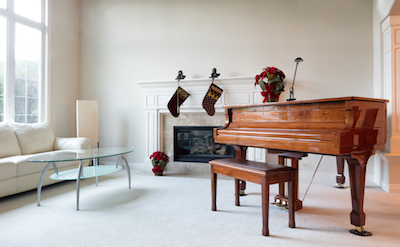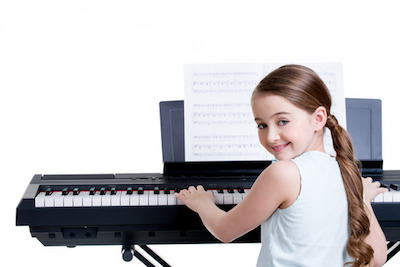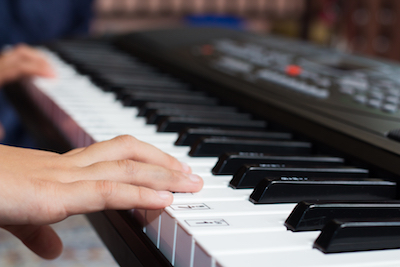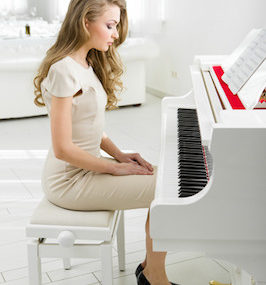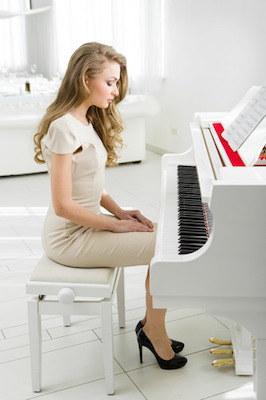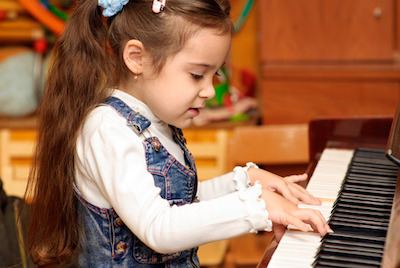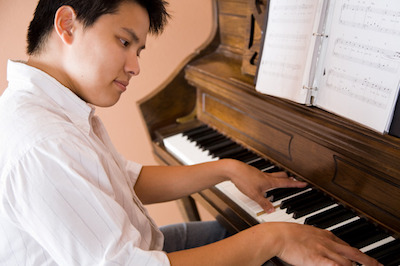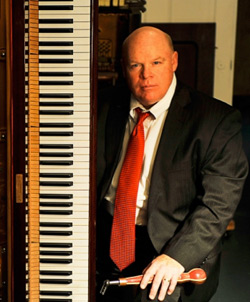Thinking of buying a piano for your home? Want your kids to start taking piano lessons? Or maybe you’re ready to pick up a hobby you’ve left behind long ago.
Playing the piano can create a lifetime of enjoyment and intellectual stimulation. But if you don’t purchase the right piano from the start, you can have more frustration than playing.
When purchasing a new or used piano from a retailer, you’ll find:
- New pianos come with a host of features. You’ll receive a manufacturers warranty, have complimentary moving to get it into your home, and be able to select from a wide array of cabinetry and finish choices.

- Used pianos are reconditioned and come with a dealer warranty.
- How about a trade up policy? This gives you the opportunity to easily trade up to better equipment when the time is right.
- Knowledge and quality are standard. You won’t have to second guess about the quality of the piano because it stands behind the name and reputation of the dealer.
When purchasing from a private party, you’ll find:
- They are generally less than retail.
- You’ll have to go to several homes for comparison, and you may or may not be able to see the quality just by sight.
- There is no warranty.
- You’ll have to move the piano on your own.
- You’ll have to take what you see and deal with the consequences.
- Extra service is often required to restore the piano’s touch and tone.
What’s the best choice for you?
It depends on your circumstances.
But if you are ready for a piano that will play at its best and be a part of your home for years to come, investing in a high quality piano from a reputable dealer is the way to go.
What questions can we answer for you about your piano purchase?
